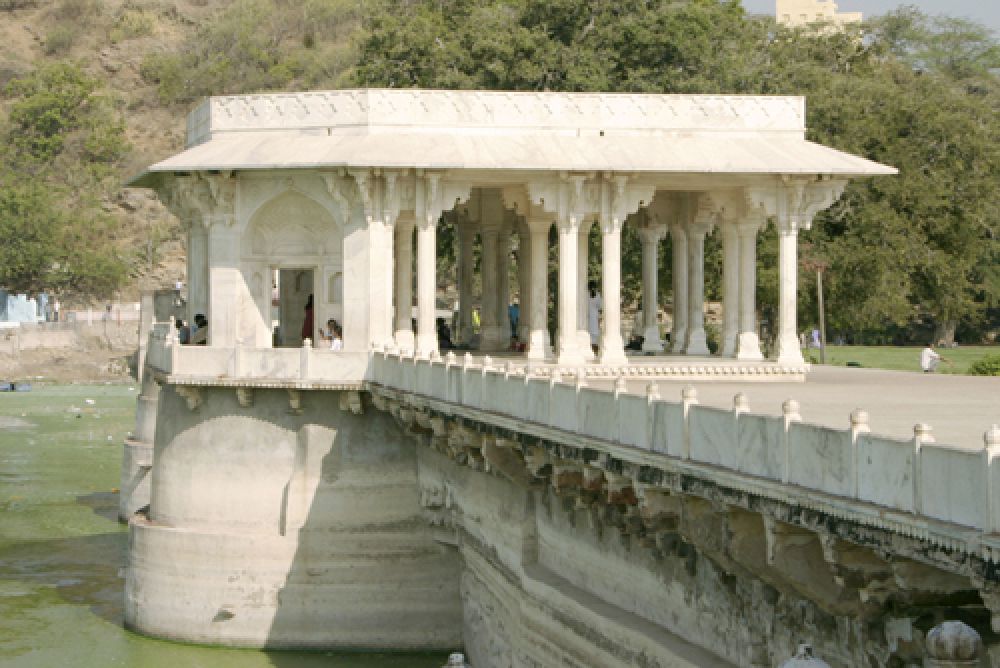

The quaint yet magnificent city of Ajmer, nestled in the bosom of Rajasthan, India, has long been a cherished destination for tourists who are drawn by its rich tapestry of history, culture, and spirituality. At the heart of the city's tourism history lies the iconic Ana Sagar Lake, an artificial lake that is a marvel of medieval engineering, which has stood the test of time and continues to enchant visitors with its serene beauty and historical importance.
The Ana Sagar Lake is not just a picturesque water body but a reservoir with immense historical significance that dates back to the 12th century. Commissioned by Anaji Chauhan, the grandfather of Prithviraj Chauhan, it was later expanded by the Mughal Emperors who were bewitched by its grandeur. The lake spans over 13 Kilometers and has been a critical source of water for the city and its surrounding areas.
One of the primary attractions on the lake is the Baradari, which refers to a pavilion that was built by Emperor Shah Jahan in the 17th century. These pavilions, meant for relaxation and enjoyment, carry the architectural splendor typical of the Mughal period and offer breathtaking views of the lake and the city. Baradari structures played a significant role in Mughal architecture, serving as centers where emperors and nobles would lounge, entertain, and deliberate affairs of the state.
Tourism at Ana Sagar Lake and Baradari has witnessed a gradual evolution. From being a royal leisure spot, it transitioned into a place of public importance during the British rule, when it was further landscaped with gardens and recreational spaces. In the last few decades, it has emerged as a prime tourist destination featuring gardens, boat rides, and a walking path around the lake, attracting both domestic and international visitors.
The Daulat Bagh Gardens, located adjacent to the Baradari, are another indicator of Ajmer's rich heritage and add to the overall appeal for tourists seeking relaxation and a slice of history. The addition of lighting and the establishment of nearby local markets have made the lake a vibrant spot for evening leisure activities.
In recent years, Ajmer's tourism industry has seen a surge due to a combination of spiritual tourism and historical interest. The Baradari, coupled with the lake's backdrop, has found a special place in the hearts of photographers and influencers, thereby gaining increased visibility on social media platforms.
The Rajasthan Tourism Development Corporation has also been playing a pivotal role in promoting the lake and its baradari as premier destinations by organizing festivals and cultural events that showcase the region's rich arts, crafts, and musical heritage. These are often hosted in the cooler months between October to March, considering the region's climatic conditions.
Eco-tourism has also been gaining traction, with initiatives aimed at preserving the lake's ecosystem and keeping the historical sites well-maintained for future generations. Sustainable tourism practices are being encouraged, maintaining a balance between visitor engagement and conservation.
The Baradari on Ana Sagar Lake holds a prominent place in Ajmer’s tourism tapestry, beckoning history buffs, nature lovers, and spiritual seekers alike. With continual efforts in conservation and sustainable tourism, the legacy of Ana Sagar Lake and its historic Baradari is sure to charm visitors for generations to come.